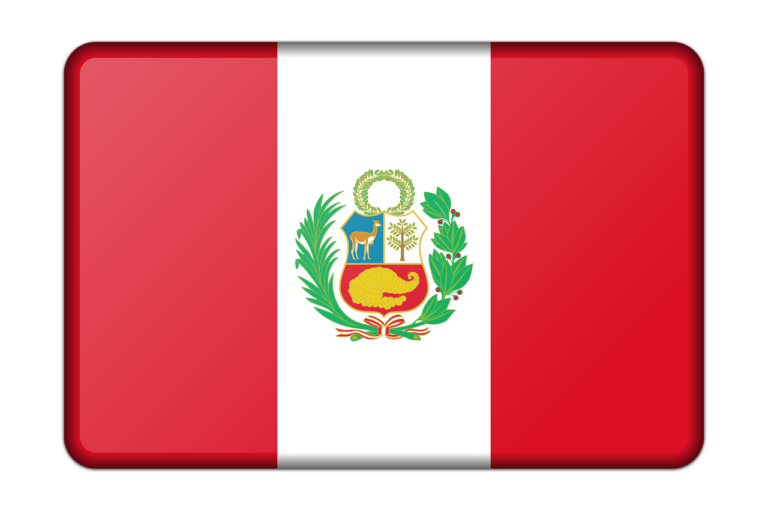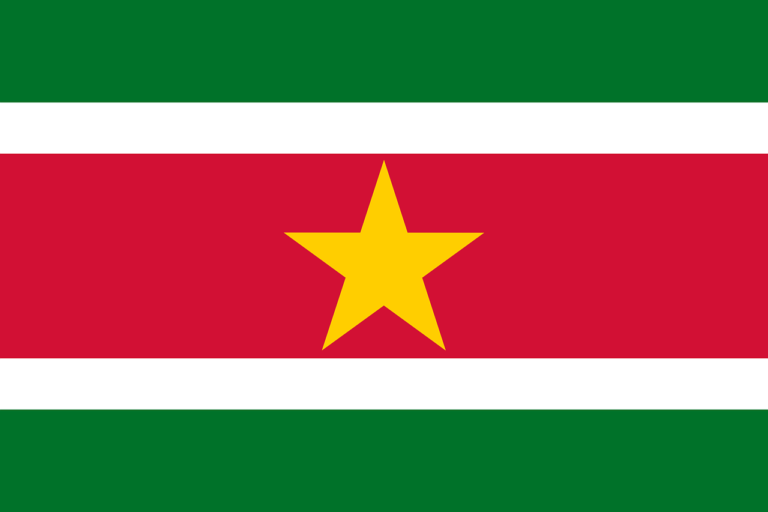Flags hold a special place in the heart of a nation, symbolizing its history, culture, and aspirations. In the vibrant land of Argentina, the country proudly displays its national flag, representing its heritage, unity, and the spirit of its people. In this blog post, we will embark on a journey through the captivating flags of Argentina, exploring their symbolism, historical significance, and cultural importance. Join us as we celebrate the rich tapestry of Argentina’s flags.
The National Flag of Argentina:
The national flag of Argentina, known as the “Bandera de Argentina,” features three horizontal bands of equal width: light blue (top and bottom) and white (middle). The flag’s design, adopted in 1818, holds deep symbolism and represents the ideals and struggles of the Argentine people.
Symbolism and Meaning:
The light blue and white colors on the Argentine flag hold significant symbolism. The white band represents purity, honesty, and integrity, while the light blue represents the clear skies and the numerous water bodies that surround Argentina. The colors symbolize peace, tranquility, and the vastness of the Argentine landscapes.
Historical Significance:
The current design of the Argentine flag was inspired by the cockade used during the May Revolution of 1810, which marked the beginning of Argentina’s quest for independence from Spain. The flag became the official national flag of Argentina on July 9, 1816, when the country declared its independence.
Cultural Importance and Unity:
The Argentine flag serves as a powerful symbol of national pride, unity, and identity. It is proudly displayed during national holidays, sporting events, and cultural celebrations, fostering a sense of belonging and unity among the Argentine people. The flag embodies the shared values, traditions, and history that bind the diverse Argentine population together.
Honoring the Sun of May:
In the center of the Argentine flag’s white band is the Sun of May, a radiant sun with a face. The Sun of May symbolizes the May Revolution and represents the dawn of a new era, the birth of a free and independent Argentina. It is a powerful emblem of hope, liberty, and the country’s struggle for self-determination.
Variations of the Argentine Flag:
In addition to the national flag, Argentina also has several regional and provincial flags that represent the diverse regions within the country. These flags often incorporate elements unique to the respective regions, such as local symbols, colors, or emblems. They showcase the regional pride and cultural diversity that flourishes within Argentina.
The national flag of Argentina, with its light blue and white colors and the emblematic Sun of May, serves as a cherished symbol of the nation’s history, unity, and aspirations. It represents the pursuit of freedom, peace, and progress that has shaped Argentina’s journey. As Argentina continues to embrace its future, the flag will remain a proud emblem, reminding its people of their shared heritage, values, and the enduring spirit that defines this remarkable nation.





